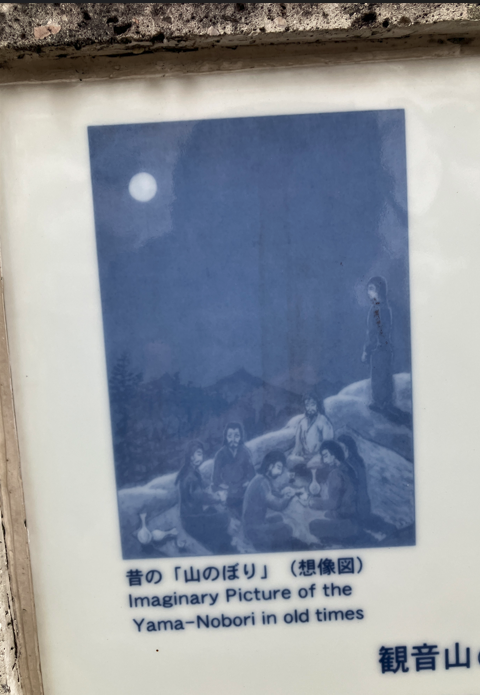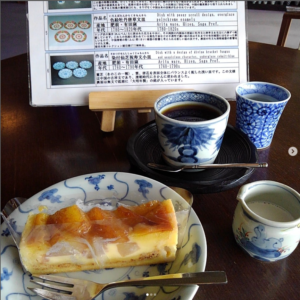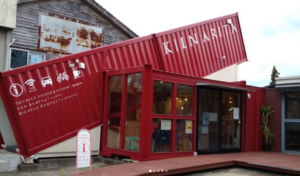【Kannon Mountain】Healing place for Korean potters
The roots of Arita porcelain can be traced back to Hideyoshi’s invasion of Korea.
At the end of the 16th century, during Toyotomi Hideyoshi’s invasions of Korea, many Korean potters were forcibly brought to Japan, primarily by feudal lords in Kyushu. Among them, Kanagae Sanbei, known as the father of porcelain in Arita, began his production activities near present-day Taku City, while Fukaumi Soden did so near present-day Takeo City.
Later, Sanbei arrived in Arita in search of porcelain stones to create “white ceramics”, which is known as porcelain now. After Fukaumi Soden’s death, his wife, Baekpasong, also came to Arita in pursuit of white porcelain. Thus, from the 1620s to the 1630s, Arita became a major production center for porcelain, led by Korean potters.
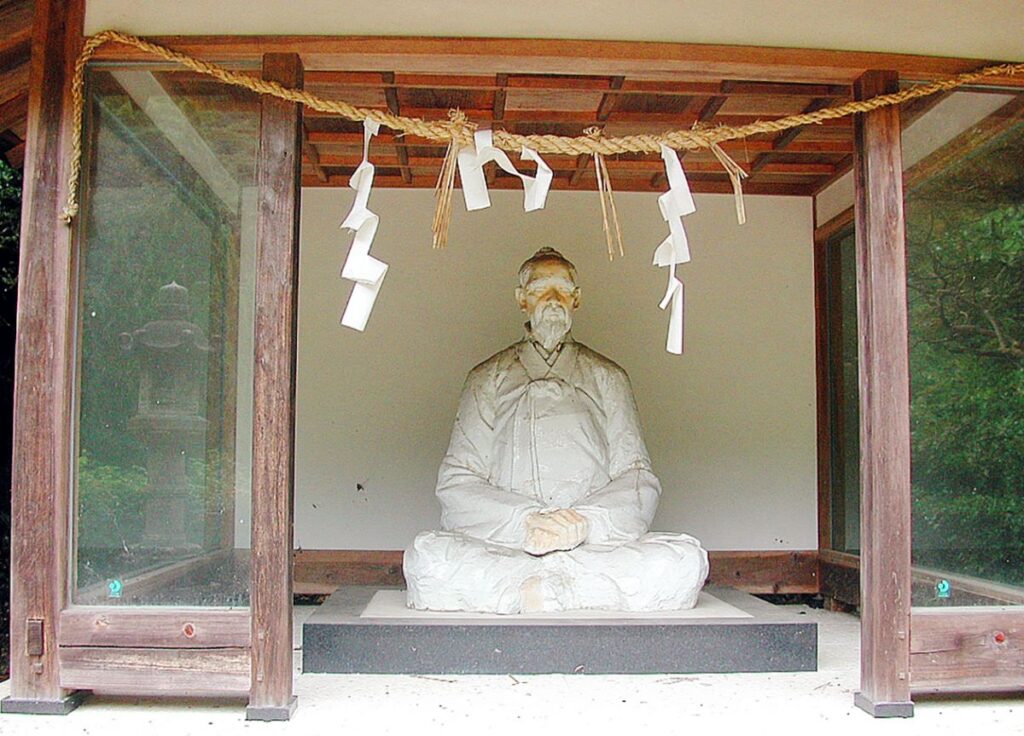

Seeking a view of the homeland at Kannon Mountain
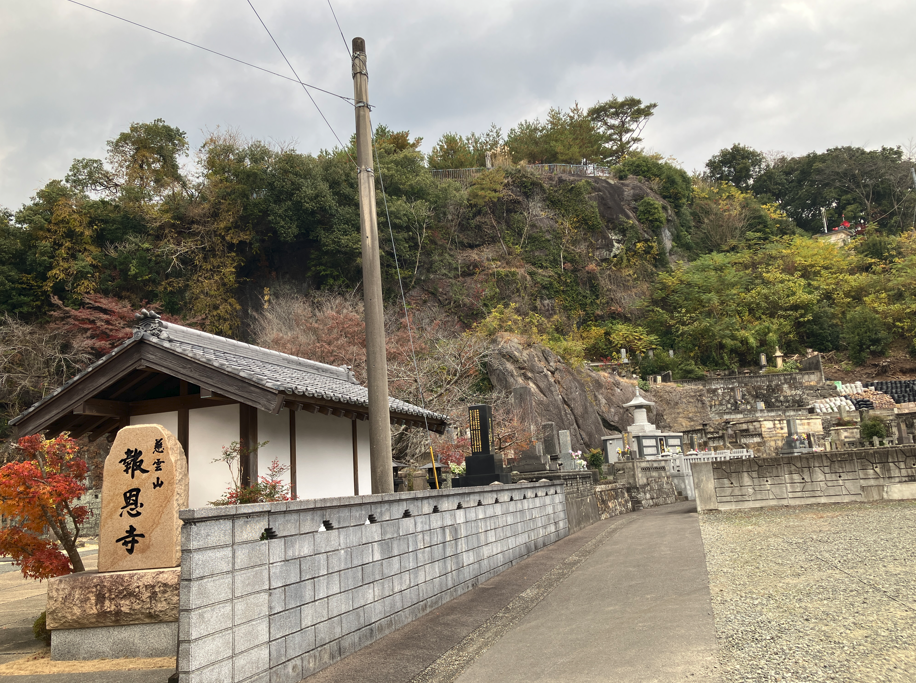
The “Kannon Mountain” introduced through the following song is located slightly above the Hiekoba Kiln, established by Baekpasong and her group after they settled in Arita. Having left their distant homeland, and given the extremely low social status afforded to potters in their native Joseon Korea, they wanted to make a better living in Arita.
Wrote a Song【Under the Moonlight】Kannon-Mountain, in Arita
It is said that the potters would climb Kannon Mountain during moments of rest, where they could view landscapes reminiscent of their homeland, share drinks, and think of the past. Illuminated by the moonlight, they would cry out, “Ai-go, Ai-go” (an expression of grief), longing for their home. This story has been passed down over generations in Arita.
Additionally, the frequent depiction of the moon on early Imari blue-and-white porcelain and the use of the character for “moon” in Sanbei’s posthumous Buddhist name suggest that their deep longing for their homeland was reflected in the moon. Perhaps they found solace in the thought that the moon they saw here was the same as the one they would have seen back home.
(T.S.)
